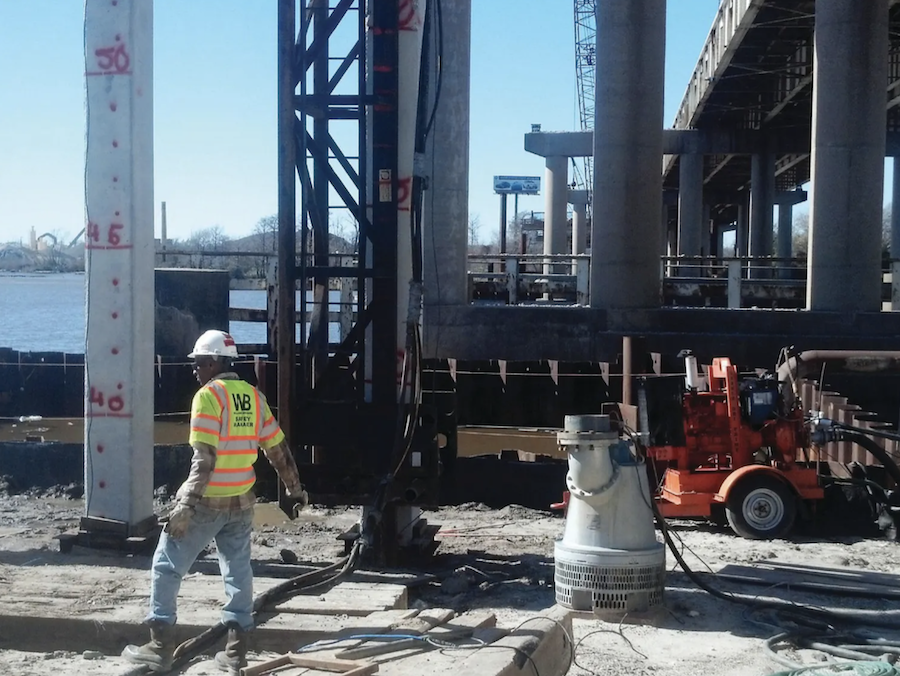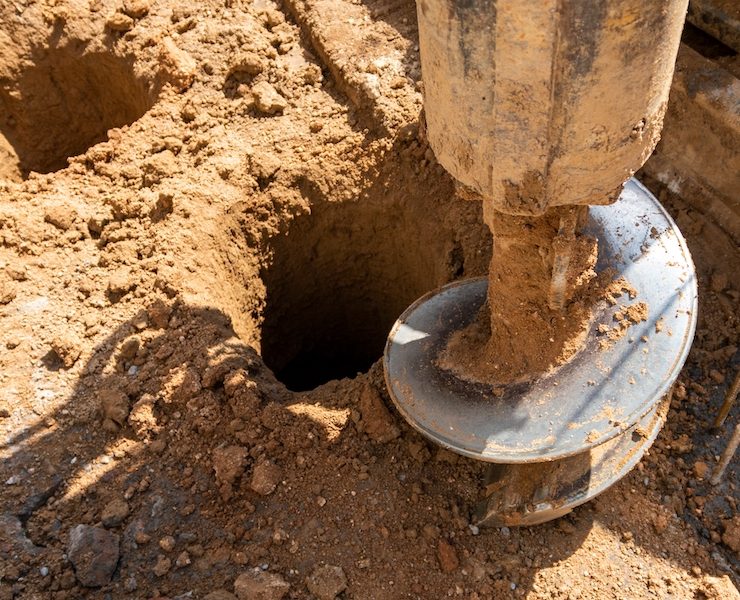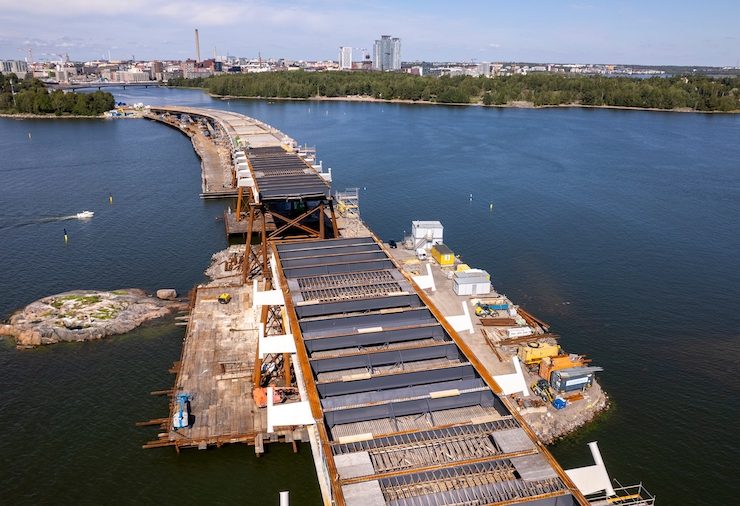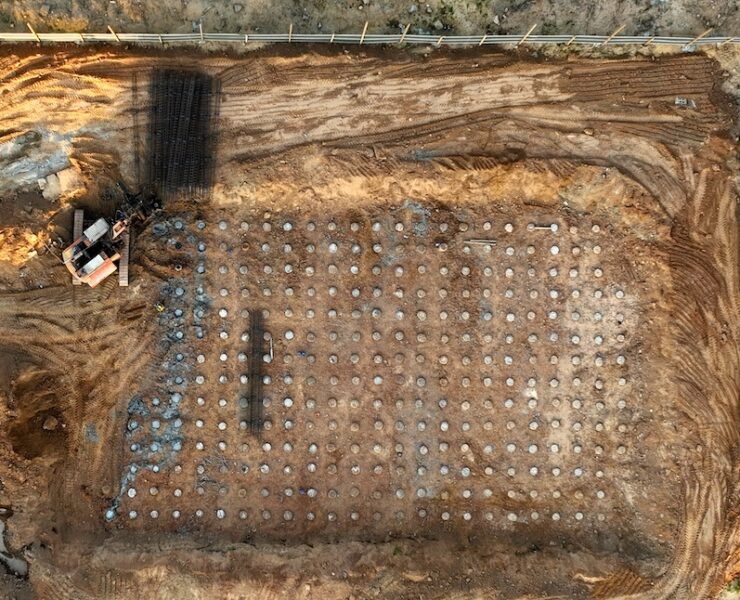Saving Money With Foundations Testing
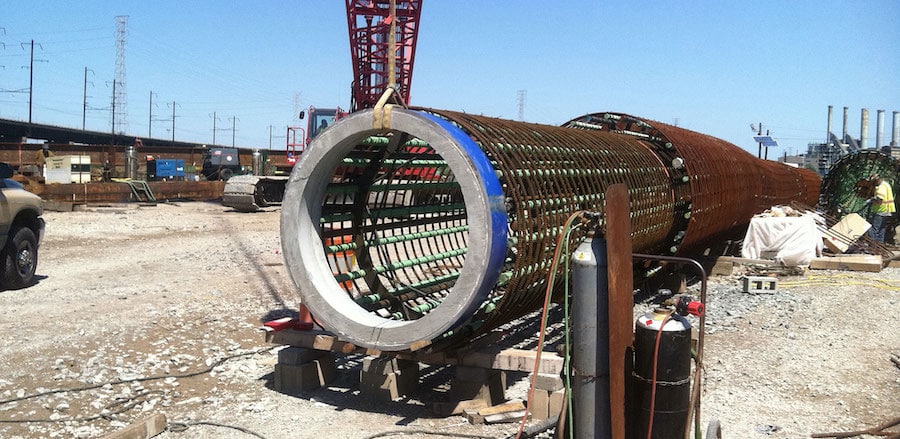
In the previous issue I wrote an article on sustainability which concluded that, when it comes to foundations, sustainability is really a win-win situation. Whether sustainability is achieved by reusing an existing foundation, using fly ash instead of cement in the concrete, or applying additional testing (which allows for an increased resistance factor and thus a smaller foundation), the carbon footprint is reduced – as is the overall cost of the foundation.
This last suggestion, applying additional testing, is the focus of this article, and for the title I used the name of a new initiative of the DFI Testing & Evaluation Committee. More often than not, testing is seen solely as a quality control activity, as a necessary step to demonstrate that the foundation has the capacity it is supposed to have – and when viewed from this angle, testing is just an additional cost item. But when foundation testing is applied more strategically, it becomes much more than just a quality control activity, especially when the foundations are designed with use of the Load and Resistance Factor Design (LRFD) methodology. This is obvious when you examine a LRFD specification, such as the current edition of the AASHTO LRFD Bridge Design Specification. In this document, the various resistance factors for driven piles as a function of the condition/resistance determination method are included in Table 10.5.5.2.3-1, which is shown below. From this table, it is clear that as more testing is done the resistance factor goes up, which in turn means that either the size or the number of the piles driven for a particular foundation can be reduced, resulting in material cost savings and a reduction in installation time. And while the latter also reduces the cost, the schedule benefits may even be more valuable.
For this reason, I would like suggest a paradigm shift – a fundamental change in our approach to foundation testing. What if, instead of using as the starting point minimal testing (just enough to demonstrate that the pile foundation has adequate capacity), the starting point becomes the condition/resistance determination method that allows for the highest resistance factor, and then comparing that base case with alternatives with less extensive testing? The costs associated with testing will undoubtedly be lower for these alternatives, but the extra material and installation costs, as well as the additional time to install the foundation, may show very clearly that these alternatives are not the right way to proceed.
- Test piles $ 118,128
- Production piles $ 559,360
- Testing& monitoring test piles $ 24,980
- TOTAL $ 702,468
An alternate approach (that reflects the paradigm shift) would be to apply 100% dynamic testing on all production piles, using the EDC technology, which would eliminate the need for test piles and allow the use of a phi factor of 0.75. The associated costs for 72 production piles (24 inch square concrete piles with an average length of 92 ft.) and the Embedded Data Collectors to monitor and test each pile are then as follows:
- Production piles $ 529,920
- Testing & monitoring production piles with EDC $ 114,585
- Total $ 666,105
With this alternate approach, 72 piles are installed instead of 84 – resulting in an approx. 5 % savings cost – as well as a shorter installation schedule. And, to go back to the article on sustainability in the previous issue of Pile Buck, with this approach, 16 % less concrete is used, demonstrating once again that a more sustainable design can also be more cost effective (in other words, this is a win-win approach).
Obviously, this is just one example, and it should be clear that this paradigm shift will not always result in a more economic solution, but as LRFD is getting applied more widely, this paradigm shift among engineers and owners is essential. Because an initial reaction may well be that more testing does not make sense, because more is not always better – sometimes it is just more. It is impossible to argue with such reasoning (and indeed, in the example above, the total testing cost increased substantially), but maybe we should not think about more testing. Maybe the answer is that more material or more piles is not always better – sometimes it is just more. And maybe we need to look back in time to see a clear parallel: it has always been common practice to use stronger materials to reduce the size and number of the piles for a particular foundation, and increased testing might just result in the same outcome, in which case increased testing simply saves money, as illustrated in the example. There is no guarantee that it will do so in every situation, but it should at least be considered.
How can additional testing contribute to cost savings in foundation construction?
Additional testing in foundation construction, especially when using Load and Resistance Factor Design (LRFD) methodology, can lead to higher resistance factors, allowing for a reduction in material costs, installation time, and overall foundation costs.
What is the potential impact of a paradigm shift in foundation testing approaches?
Shifting the foundation testing approach from minimal testing to a method allowing the highest resistance factor can result in significant cost savings (approximately 5%) and a shorter installation schedule, demonstrating the potential for a more sustainable and cost-effective design.














